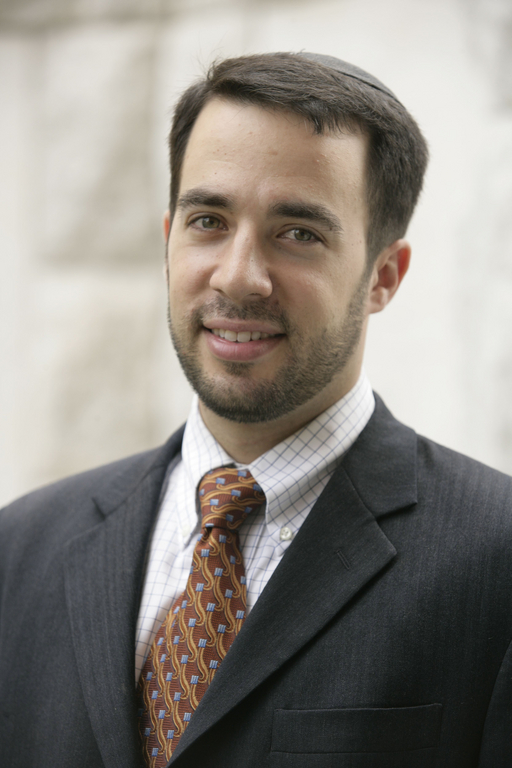Parshat Ki Tetze: The community of G-d
Chapter 23, verses 2-4 list a number of male types who may not enter “k’hal Hashem,” the community of G-d. On a simple level, the verses seem strange. The first two individuals – men who have become sterile on account of external, or unnatural incidents – are likely Jewish men. As is the “mamzer,” the product of two Jewish people who participated in a Torah-forbidden relationship. Don’t they enter the community of G-d the moment they are born?
The Ammonite and Moabite males who may not enter the community of G-d are understandably in a different category, it would seem. But when the Torah says “Also the tenth generation may not enter the community of G-d” – which generation is the “tenth”? How is that calculated? May they become Jews, but only be accepted by the community after ten generations? How would they have any generations if they are not accepted?
While not proposing this exact definition, many of the commentaries define the “non-entry into the community of G-d” as a prohibition against their marrying Jewish women. Or a prohibition for Jewish women against marrying them.
What kind of discrimination is this? What about love? What about free choice? What about real human bonding? What do you say if people connect in their souls? Why should the Torah care who a woman marries, or if these men have found women who will help them not be alone?
Moabite converts may have once had to marry within their conversion community (if they were permitted to convert), but the fact is that the Ammonite and Moabite prohibition no longer applies in our world, because Sanncherib mixed around cultures, making these nations disappear (Talmud Brachot 28a).
As I do not intend to discuss the “mamzer” here, we will now move on the males who have become infertile due to an unnatural act. The comments of the ancient rabbis you are about to read might not smack of political correctness, and certainly do not take modern psychology knowledge into consideration. Nonetheless, I think they are very instructive as to how we can define some of the purposes of marriage.

 63.0°,
A Few Clouds
63.0°,
A Few Clouds 




